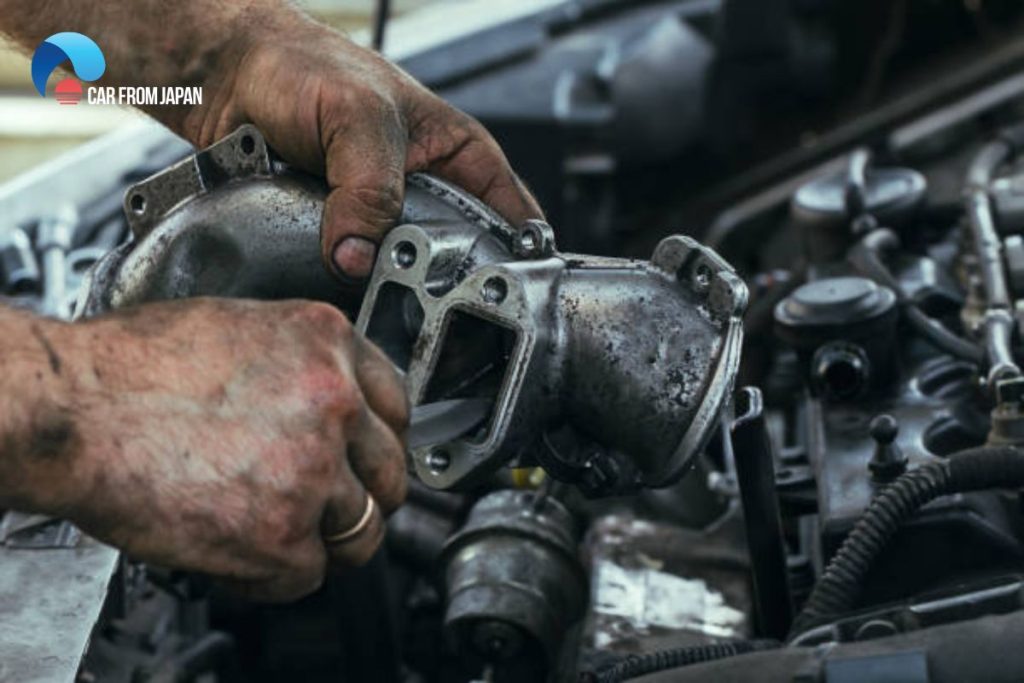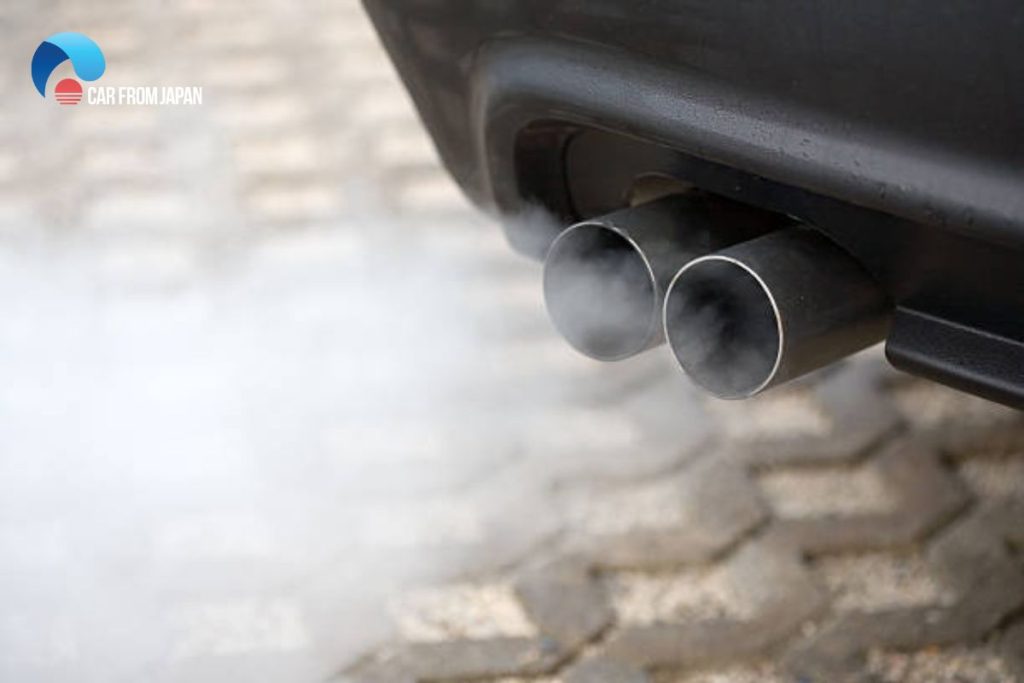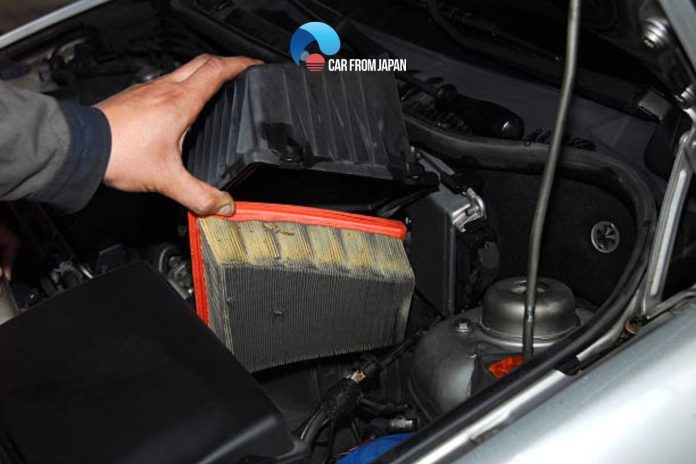You might not think about it much, but your car has a secret weapon against harmful emissions: the charcoal canister. This unassuming part works behind the scenes to trap fuel vapors and prevent them from polluting the air. But what happens when it starts to malfunction? This article will explain the common bad charcoal canister symptoms, helping you understand what to look for and when to seek professional help.
Contents
What Does A Charcoal Canister Do On A Car?
The charcoal in the canister keeps the vapors trapped for some moments before recycling them back to the engine.
There is a purge valve that enables this fuel flow. The Engine Control Unit (ECU) signals the EVAP system about the right timing of activating the purge valve.
A charcoal canister reduces automobile air pollution by trapping the toxic vapors inside. A petrol engine must have this component because it produces vapors at a rate quicker than diesel engines. Warm weather also quickens the evaporation rate.
Top Bad Charcoal Canister Symptoms
A malfunctioning charcoal canister can create many problems for a vehicle. It affects the engine performance, fuel economy, and so many other things. You need to pick up the warnings at an early stage before they transform into something worse.
Here are a few most common bad charcoal canister symptoms to keep an eye out for.

High rate of emissions
This is obvious since the charcoal canister’s job is to trap toxic vapors. When the canister cannot do that, a high amount of harmful gases will be released to the environment. As a result, the exhaust system will release a higher rate of carbon emissions.
Unfortunately, a surge in the exhaust discharge is hard to detect without an emission test.
In the USA, every automobile has to undergo this testing every one or two years, depending on the state laws. If the car fails the test, the first component to look into is the charcoal canister.
Fuel odor in the cabin
As a defective charcoal canister lets out burnt fuel vapors, there will be a strong fuel odor inside the cabin or the rear side of the car.
Inhaling these noxious smokes is not good for your health. Take the vehicle immediately to a repair shop to find out the source of this problem.
Weak engine performance
Poor engine performance is a major red flag. The fuel vapors not getting back to the combustion chamber will create a problem with the air/fuel ratio, affecting the engine’s power.
It cannot harness adequate power due to an incorrect ratio or burning of the air/fuel mixture. Due to weak engine power, the acceleration becomes slower. It does not respond as quickly as it should whenever you step on the gas pedal.
Bad fuel economy
Any trouble with the engine is likely to be followed by a bad fuel economy. When the fuel vapors don’t make their way back to the combustion chamber, the engine will draw more fuel from the fuel tank than it’s supposed to. So, you will need to spend more on the fuel than you are supposed to.

Pinging sounds from the engine
Pinging sounds from the engine result from improper air/fuel mixture in the combustion chamber. It could happen when the charcoal canister does not trap and recycle carbon emissions.
Of course, the source of trouble could be some other components. However, if the sounds come with a few other bad charcoal canister symptoms from this list, you should definitely diagnose the EVAP system.
Trouble starting engine
A bad charcoal canister can lead to a vacuum leak, which makes starting the engine a strenuous job.
This leak lets in plenty of outside air, disrupting the ideal ratio of the air/fuel mixture. So, the combustion in the chamber may not be sufficient for the engine to start.
The vacuum leak also causes a rough idling problem, and you will notice this after the Check Engine Light comes on (which can be triggered by literally hundreds of things). This problem messes up with the idling speed of the engine and leads to rough idling.
Charcoal Canister Replacement Cost
Upon detecting one or multiple bad charcoal canister symptoms, your first job should be to take the car to a mechanic. How much does replacing a charcoal canister cost?
The price range varies depending on the make and model of your vehicle. The parts will cost somewhere between $150 and $500 while the labor cost will be between $30 and $150.
Be ready to pay some extra bucks for taxes and fees, given the laws of your local government. If you want to change it at home, be sure that you know what you are doing.
Check out this video from Ratchets And Wrenches to learn more about symptoms of a bad EVAP charcoal canister!
FAQs
Can a bad charcoal canister cause other problems in my car?
Yes, a malfunctioning charcoal canister can lead to issues such as poor engine performance, rough idling, and increased emissions.
How can I diagnose a bad charcoal canister?
To diagnose a bad charcoal canister, you can use an OBD-II scanner to check for trouble codes related to the evaporative emission control system. Additionally, a visual inspection of the canister and its associated hoses can reveal signs of damage or leaks.
Can I drive my car with a bad charcoal canister?
It is not recommended to drive with a malfunctioning charcoal canister for an extended period, as it can lead to increased emissions and reduced fuel efficiency. It’s best to have it repaired as soon as possible.
Can a bad charcoal canister cause my car to fail an emissions test?
Yes, a malfunctioning charcoal canister can lead to increased emissions, which may cause your vehicle to fail an emissions test.
How much does it typically cost to replace a charcoal canister?
The cost of replacing a charcoal canister can vary depending on your vehicle’s make and model, labor costs, and whether you choose to use genuine or aftermarket parts. On average, it can range from $100 to $500 or more.
Conclusion
In conclusion, being aware of the symptoms of a bad charcoal canister in your vehicle is crucial for maintaining its performance and environmental compliance.
If you notice any of the common signs, such as a check engine light, decreased fuel efficiency, or a strong gasoline odor, it’s important to address the issue promptly.
Ignoring a malfunctioning charcoal canister can lead to more significant problems and negatively impact both your car’s performance and the environment.



